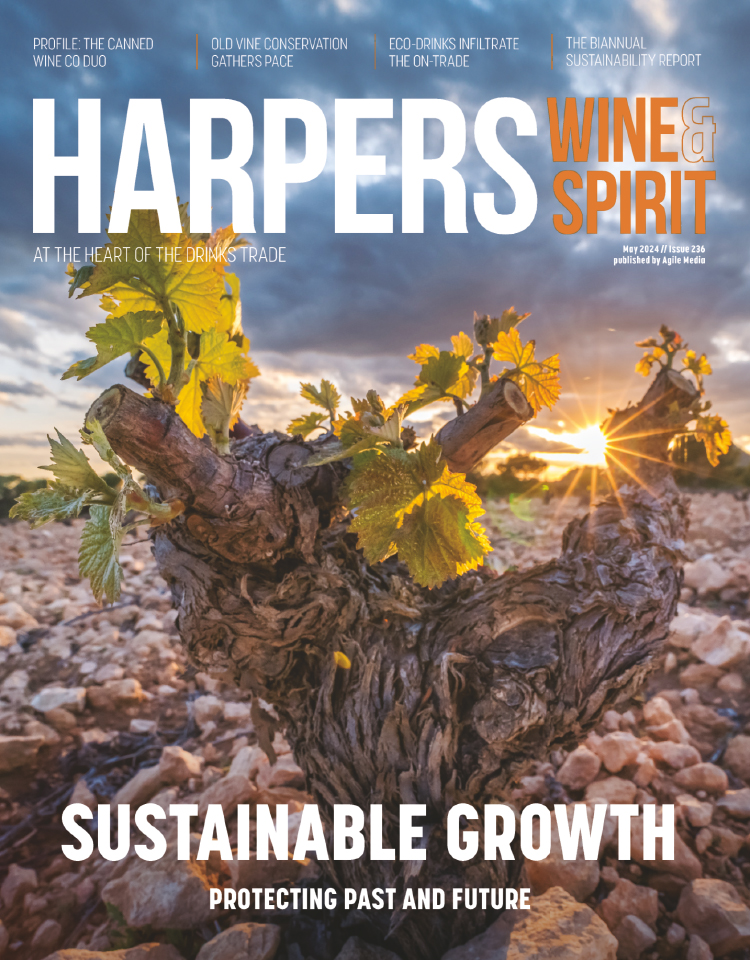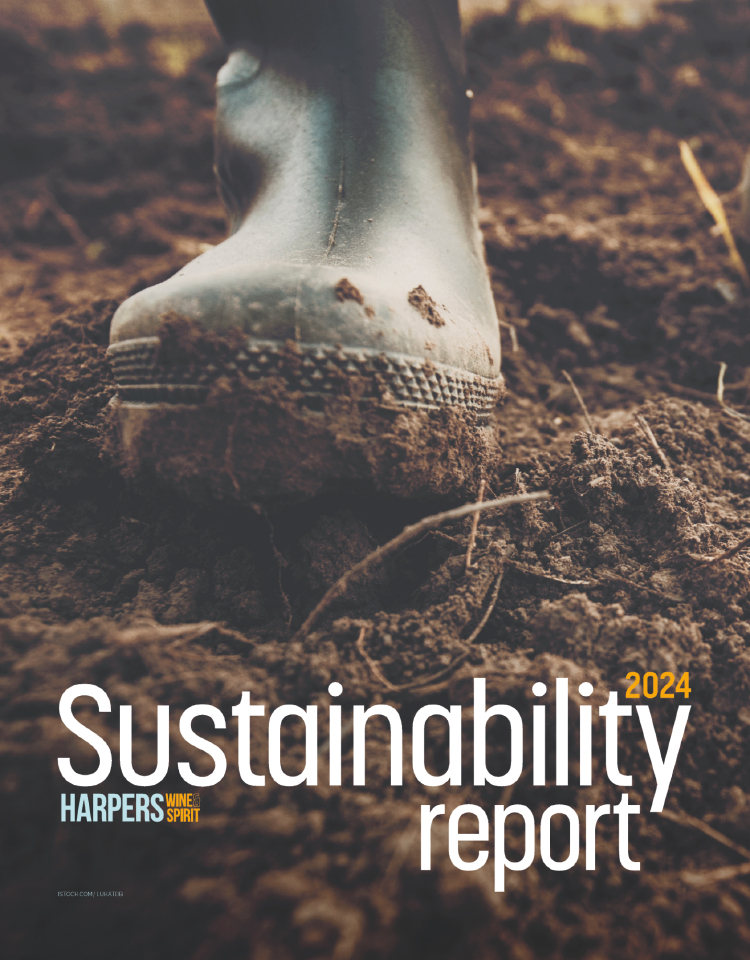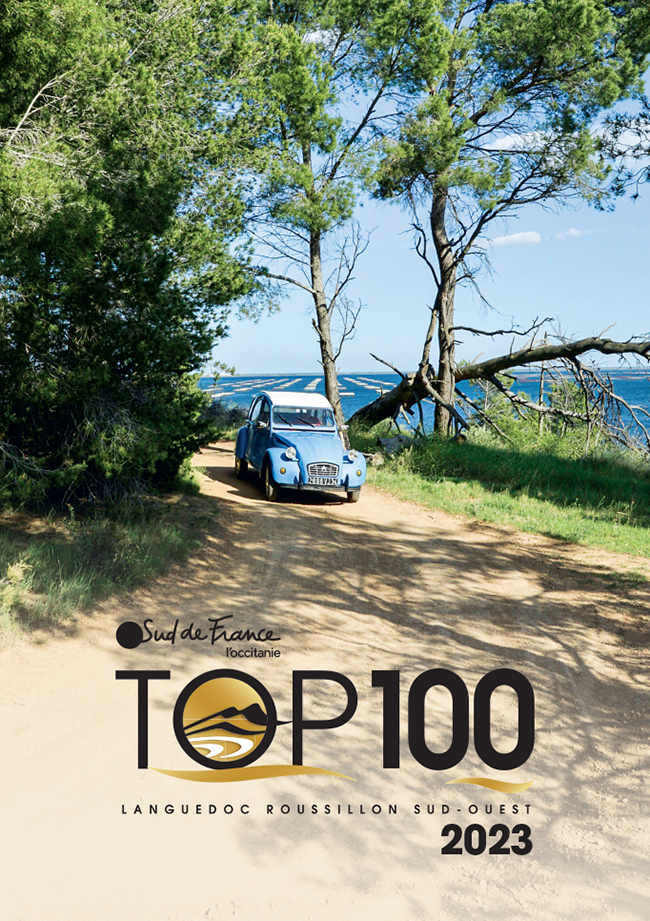Biodynamic charter for winemaking launched
by Sarah Ahmed
The Syndicat International des Vignerons en Culture Bio-Dynamique (SIVCBD), a group of 40 biodynamic wine producers from across France, has launched a charter of vinification requirements to augment those governing viticulture. The charter, which is to be published on the SIVCBD's website (www.biodyvin.com), was agreed at the SIVCBD's AGM in January 2006, following two years of discussion.
SIVCBD's members include renowned estates like Zind-Humbrecht, Vignobles Huet-L'Echansonne, Maison Chapoutier and Domaine Leroy; members' wines carry the Biodyvin' label.
Key provisions
The objective of the charter is to exclude the use of all oenological products that aim to modify the initial balance of the grapes and attempt to neutralise the effect of the vintages in order to protect terroir and maintain the energy gained from biodynamic culture of the vineyards'. It strictly forbids the use of genetically modified products and those made from synthetic chemicals. However, as long as they are not excessive or systematic, other oenological practices are presently tolerated, notably yeast inoculation and chaptalisation (provided sugars or concentrated rectified must are of organic extraction).
Alsace winemaker Olivier Humbrecht MW of Domaine Zind-Humbrecht is the SIVCBD's president. He emphasised: We don't want biodynamics to have the poor-quality image which organic wines had in the 1970s and 1980s. There is no point being dogmatic and ending up with wines that are undrinkable because some members find it difficult to make wine without these additions; also it might be stylistically difficult for a wine grower to dramatically change the style of his wines. If changes have to be made, they have to be progressive in time and come from the grower himself.'
Sulphur dioxide additions are restricted under the charter to no more than 50% of the EU permitted maximum. Humbrecht conceded: While every member agrees that it would be wonderful to be able to make wine without sulphur dioxide, today it isn't possible to vinify consistently without it we are not convinced that pasteurisation, for example, is a better replacement for sulphurs.' He adds that yeasts naturally synthesise sulphur dioxide so it isn't a foreign element'.
The charter also addresses what Humbrecht describes as removing techniques', setting an objective of minimal handling and filtering (although fining, thermoregulation and cold stabilisation are allowed). Humbrecht explained: Again the aim is to keep as much as possible of the original character of the grapes and area they are coming from. Overuse of any of those techniques could cause declassification.' For his part, Humbrecht said despite numerous experiments, he had never managed to bottle wines with residual sweetness without using some kind of filtration to avoid refermentation, but had found that sheet filtration was the least stressing system'.
Finally, the charter requires growers to take the planetary positions into account (as much as possible) and record these with his practices in a cellar register'. Common practices adopted by leading biodynamic producers like Domaine Ostertag, Albert Mann and Barmes-Beucher include racking and bottling during a descending moon, when microorganisms are less active.
Enforcement
Adherence to the charter will be audited annually by the independent commission Ecocert, which already verifies compliance with the SIVCBD's viticultural rules. Humbrecht said: You cannot be vague with Ecocert'. Its audit report to the SIVCBD will disclose exactly which additions are being used, in what quantity and how frequently, allowing the SIVCBD Committee to challenge inappropriate use of additives by members. Humbrecht asserted: While it is a last option, any members who use or abuse these techniques would eventually see their wines (or the incriminated wine) being declassified, and not called Vin Biodynamique'.'
Humbrecht explained it is the last option because the charter expressly require growers who judge it necessary to make additions to undertake experiments to justify their choice, also to try to develop alternative techniques in order to gradually decrease their use. Humbrecht said: The charter is not fixed and we can tighten up provisions in future. Initially, the idea is to make vinification progress by asking the winegrower to experiment on the same or similar batch without the incriminating technique. He can find help among members of the same region who do not use them and see what they do to avoid them (for example chaptalisation in Alsace).'
Humbrecht concluded: Gradually, the ultimate aim is for all members to make wine only with grapes, and perhaps some sulphur dioxide. It is possible, because that is what we do.' He added: If anyone can find a non-filtered sweet wine which is not heavily dosed with sulphur dioxide, pasteurised or centrifuged, I am happy to learn from him!'





